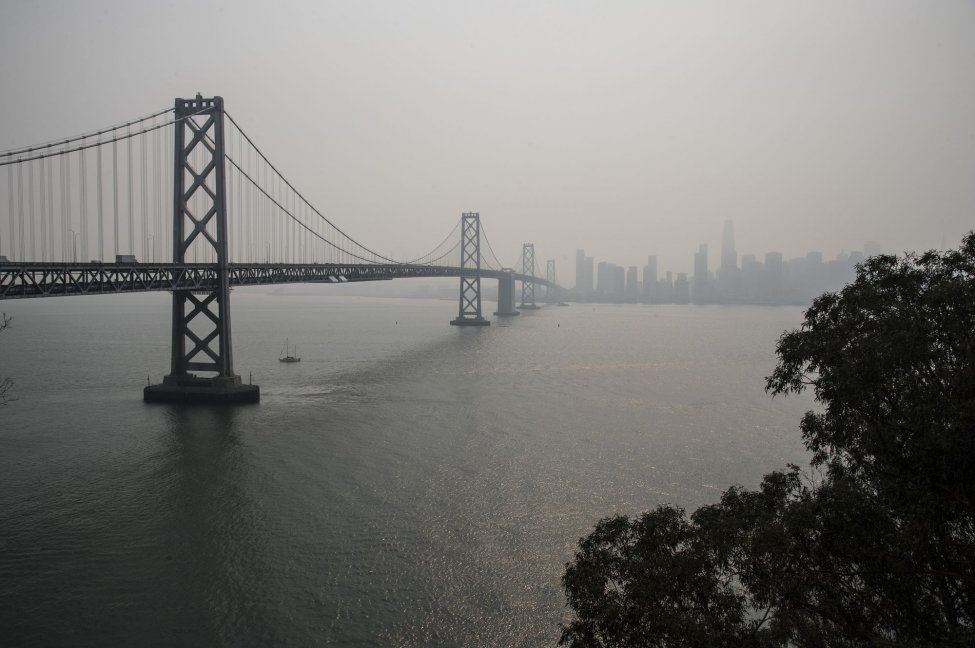Jan. 5 (UPI) — Exposure to unhealthy levels of air pollution causes 1.8 million deaths in cities worldwide each year, two studies published Wednesday by The Lancet Planetary Health estimated.
In addition, nearly 2 million asthma cases among children globally are linked with exposure to nitrogen dioxide pollution from motor vehicle emissions annually, with two in three occurring in urban areas, the data showed.
Children and the elderly bear the brunt of the health complications associated with exposure to air pollution, the researchers said.
“Avoiding the large public health burden caused by air pollution will require strategies that not only reduce emissions but also improve overall public health to reduce vulnerability,” Veronica Southerland, a co-author on both studies, said in a press release.
“The majority of the world’s urban population still live in areas with unhealthy levels of [air pollution],” said Southerland, a doctoral candidate in public health at George Washington University in Washington, D.C.
Worldwide, exposure to fine particles in the air causes 4 million early deaths annually, according to an analysis published in November.
About 55% of the world’s population resides in cities, the World Health Organization estimates, and 86%, or 2.5 billion of them, are exposed to unhealthy levels of airborne microscopic particulate matter, or PM2.5, Southerland and her colleagues said.
PM2.5 refers to microscopic pollutants found in airborne dust and smoke, mainly centered around manufacturing and industrial sites, according to the Environmental Protection Agency.
In the United States, more than 40% of the population lives in cities with unhealthy air, research published in November showed.
Exposure to these particles, which are tiny, with a diameter of 2.5 micrometers or less, has been linked with several health complications, including asthma and other lung disorders, heart disease and dementia, earlier studies suggest.
For their first analysis, Southerland and her colleagues looked at PM2.5 concentrations and trends in death rates for more than 13,000 cities globally between 2000 and 2019, the last year for which data is available.
Across all cities included, average PM2.5 concentrations in the air were up to 300% higher than the 2021 WHO threshold for unhealthy exposure, the researchers said.
An estimated 61 of every 100,000 deaths in urban areas worldwide were linked with PM2.5 exposure in 2019, with those in South-East Asia seeing the most air pollution-related deaths, at 84 per 100,000, the data showed.
Globally, there were an estimated 1.8 million “excess deaths,” or the difference between actual deaths and the expected number, based on historical trends, according to the Centers for Disease Control and Prevention. These were caused by air pollution exposure in 2019 alone, the researchers said.
This is despite declining PM2.5 concentrations in urban areas in Africa, Europe and North and South America over the past two decades, they said.
In the second study, the same team of researchers looked at nitrogen dioxide, or NO2, levels in the same cities.
In 2019, there were 1.85 million new pediatric asthma cases associated with NO2, which represents just under 9% of all cases of the lung disorder reported for the year, the data showed.
In urban areas, NO2 was responsible for 16% of all new pediatric asthma cases in 2019, although asthma rates in these cities declined over the 20-year study period due, at least in part, to population increases, the researchers said.
“Our results demonstrate the important influence of combustion-related air pollution on children’s health in cities globally,” Susan Anenberg, a co-author for both studies, said in a press release.
“Current, NO2 levels contribute substantially to pediatric asthma incidence, highlighting that mitigating air pollution should be a critical element of children’s public health strategies,” said Anenberg, associate professor of environmental and occupational health at George Washington University.
